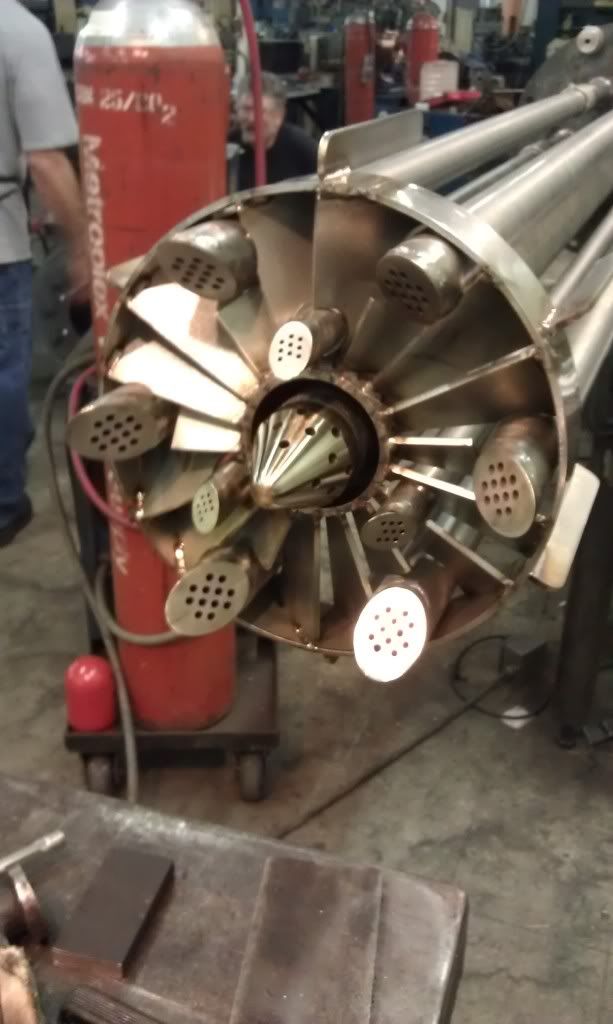Bob Day used to build up 1911 link lugs for fitting by gas welding using a magazine spring as the filler so he'd get a surface that would last. I wouldn't have tried it. When I was building 1911's, I always had a guy who was a good TIG welder with aerospace certs who was in our pistol league do that when it was needed to salvage a barrel. I watched him weld two pieces of Studebaker fender steel together as part of a car restoration, and get a seam nearly perfectly flush on that thin steel. No, it's not 4140, but in terms of localizing the heat, it's not anything I can imagine any MIG welder I've seen producing, though most of the MIG welding I've been around was done on aluminum, so it probably doesn't count.
Gunplumber,
I think you and I got off track back there. Your concern seems to be the surface hardness and finishing issues and unpredictability therewith. My point with the flow-through coolant was to preserve a layer of steel in original hardness on the inside of the bore and chamber and leave managing the outside up to the welder and his skills. I had in mind Hatcher's photo of a 30-06 barrel he turned down until it was only 0.0625" thick (Hatcher's Notebook pp. 201-202) over the chamber and reported it withstood three regular rounds, and then was blown out by a blue pill rated at 70,000 CUP (he says "pounds", but they still believed copper crushers were giving them real psi back then, so it was probably closer to 110-120 kpsi (see error curve for 30-06 p. 43,
Brownell et al.)).
If you can preserve that much thickness at the core, or more, then you at least have a pressure vessel you know is not brittle and can contain normal rifle peak pressures. It might look like a misguided attempt at color case-hardening on the outside, but the inside would have integrity.
I have eleven issued patents related to applied thermodynamics and the second half of my career was built in the area of heat transfer, so I can guarantee what I suggested will preserve that core layer without needing to do an experiment. All that is required is that the steel be homogeneous and at least 5/32" thick from the bottom of the trough of the melt to the core. I am not a welder, though, so I don't think that even if I wanted to try it, I could do a valid experiment whose result would compare well with what a skilled welder's work would produce. My TIG guy is long gone, alas.
But also, I'm not sure what the experiment would demonstrate? I could show the original temper survived at the core, as I predicted, by sectioning the work and getting a lab at the University to provide a radial hardness profile, and to do one on the material before stress-relieving and one after to show changes out beyond the preserved core. I do have a large knife oven that would handle the stress-relieving. But some expense would be involved in getting the lab to make the measurements that I don't care to undertake given that I can show in a finite element analysis exactly what result to expect at the core. Again, what happens to the outside is not within my purview, beyond being able say I am confident the metal can be welded with the fluid running through it with enough power, and that it may subsequently be stress-relieved. If it looks like it ran naked through a blackberry patch afterward, that's another matter.


